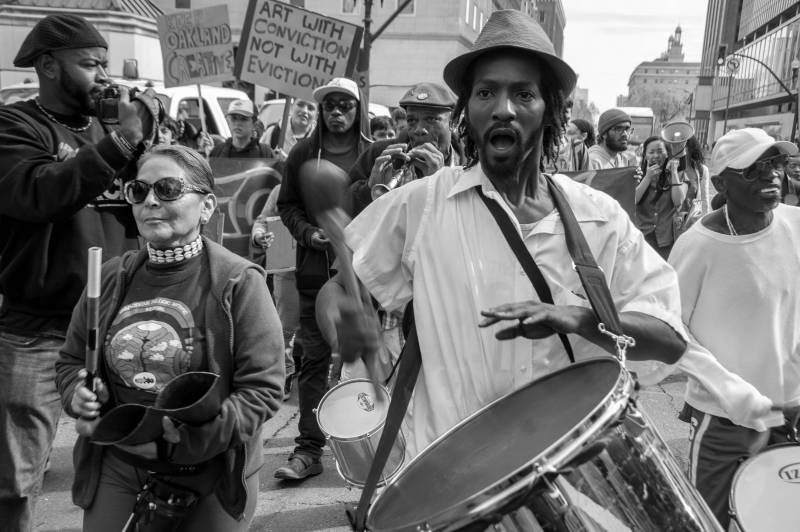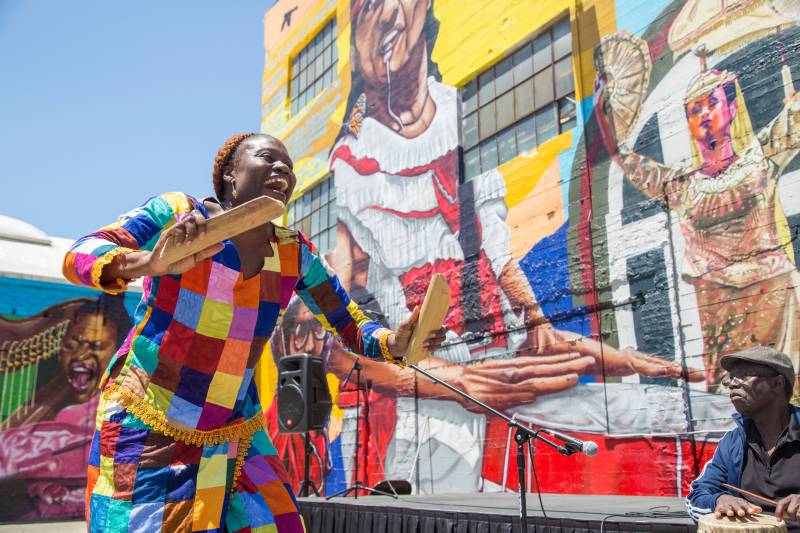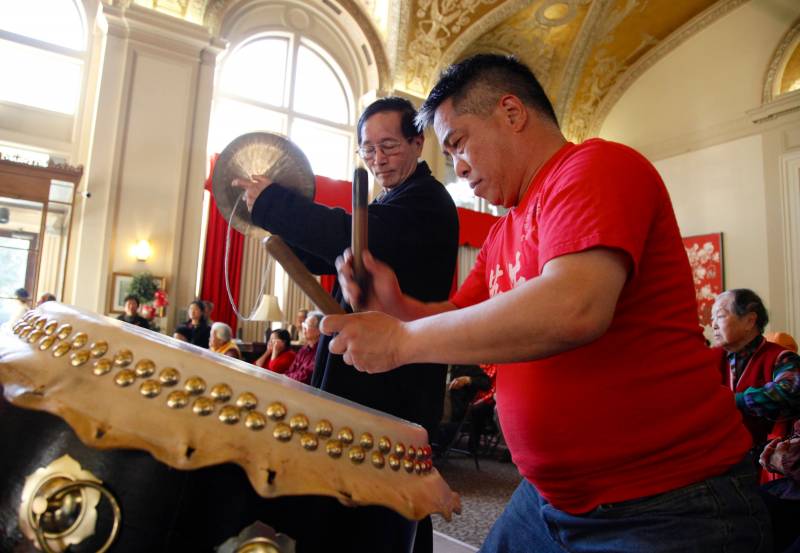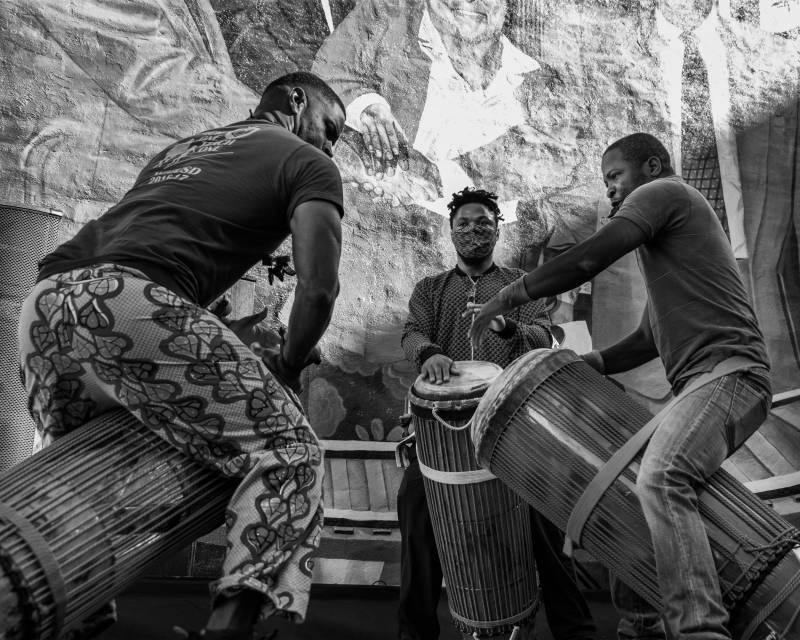A mural stands in downtown Oakland that honors the city’s culture and history. It’s a giant artwork birthed out of years and years of community conversations and the artists’ commitment to the concept.
The problem is that nobody can see the mural. Not anymore, at least. Except for a small patch of paint poking from behind a barrier, the mural depicting Oakland’s culture is now completely blocked by a new six-story luxury high-rise.
The story of the mural, and its disappearance, is shown in the full-length documentary Alice Street. On Tuesday, Nov. 16, as a part of the Berkeley Film Foundation’s documentary screening series, the film will be shown at Oakland’s New Parkway Theatre.

Lead artists Desi Mundo (founder of the Community Rejuvenation Project) and Pancho Pescador began the project over a decade ago. The process was documented, from idea to outline. There were community conferences and government gatherings, as well as critiques and criticisms from neighbors who felt like the theme—people of color pushing for resistance against oppressive forces—didn’t represent their experience.
Nearby cultural centers were also included. At 14th Street and Alice Street, right across the street from the mural, is the Malonga Casquelourd Center, a hub for African drumming and dance performances. On the other side sits Hotel Oakland, a residential and cultural space for older Asian folks. Elements from the two centers—both the physical design of the buildings and faces of the people who’ve graced those grounds—were incorporated into the artwork.




